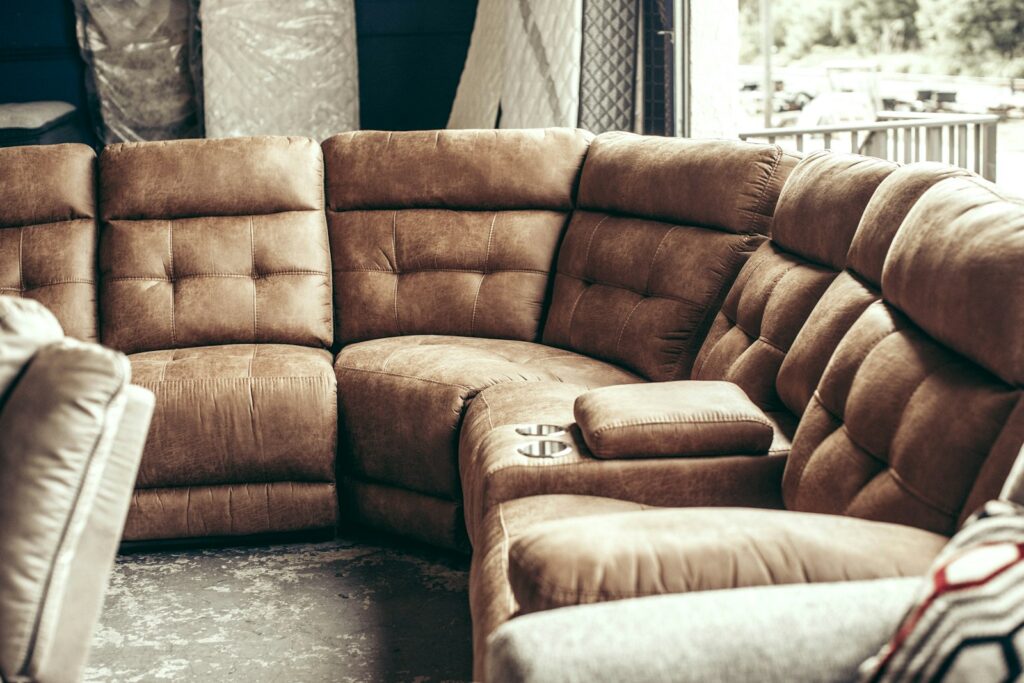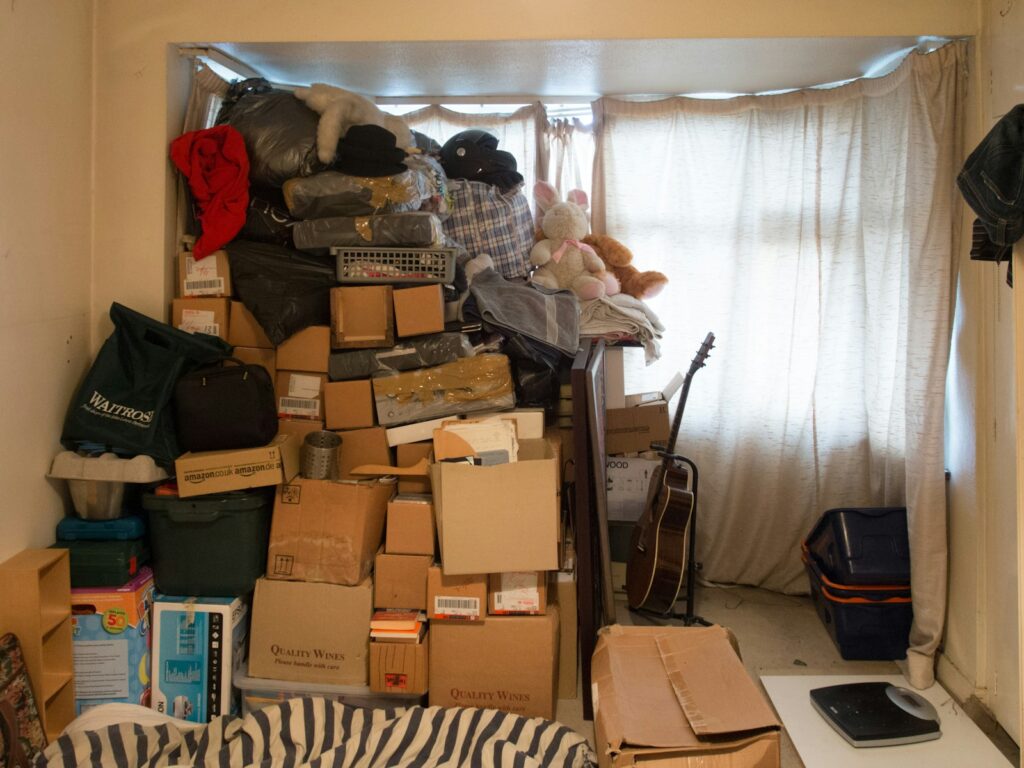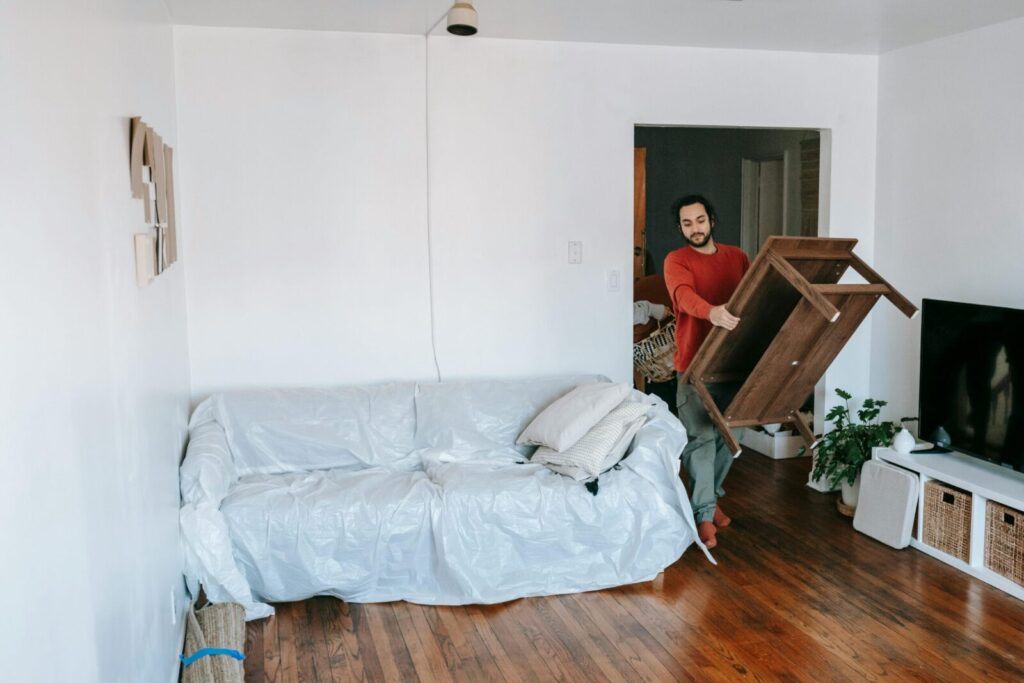We all reach a point where our home, office, or personal space no longer fits our needs. Whether it’s a growing family, expanding hobbies, or simply evolving lifestyle preferences, outgrowing a space can create stress and discomfort. Recognizing the signs early allows you to take steps to refresh and reorganize your environment before it overwhelms you. Below are eight key indicators that you’ve outgrown your space and actionable tips to make it feel more comfortable and functional again.
1. Clutter Takes Over Constantly

If surfaces are perpetually crowded with items, and it feels like every drawer is full, it’s a clear sign your space isn’t keeping up with your belongings. Clutter can cause stress, limit your mobility, and make everyday tasks more difficult. Refreshing your space could involve decluttering, donating unused items, or investing in smart storage solutions. Consider multi-functional furniture, wall-mounted organizers, or modular shelving units to maximize efficiency without sacrificing comfort.
2. Lack of Privacy or Quiet Areas

Feeling like there’s no place to focus, relax, or have personal time often indicates you’ve outgrown your space. Shared rooms, open layouts, or noisy surroundings can disrupt work, study, or rest. Refresh by creating designated zones for different activities. Room dividers, noise-canceling elements, or cozy corners can make a space feel more personal. Even small adjustments like repositioning furniture or using curtains can dramatically improve privacy and mental well-being.
3. Furniture No Longer Fits Comfortably

When your sofa, dining table, or bed feels cramped or awkward in the room, it’s a signal that your space isn’t scaled properly. Oversized furniture in small areas or insufficient seating for the household can disrupt flow and make the space less inviting. Refresh by replacing bulky pieces with appropriately sized options. Modular furniture, foldable tables, or seating that doubles as storage can create more room while maintaining style and comfort.
4. Storage Spaces Are Constantly Full

Overfilled closets, cabinets, and drawers are a clear indicator that you’ve outgrown your space. Inadequate storage forces items to accumulate in inconvenient areas, reducing functionality and creating visual chaos. Refresh your space by reassessing what you truly need, decluttering regularly, and investing in vertical or hidden storage. Using under-bed storage, stackable bins, or custom shelving can restore order and give every item a designated place.
5. Rooms No Longer Serve Their Purpose

When a bedroom doubles as an office, or a kitchen feels like a dumping ground for miscellaneous items, it’s a sign your space isn’t aligned with your lifestyle. Multi-purpose areas can reduce efficiency and comfort over time. Refresh by clearly defining the function of each room. Repurposing spaces, adding flexible furniture, or creating dedicated zones can bring clarity. Simple additions like rugs, lighting, and décor accents can visually reinforce each area’s purpose.
6. You Avoid Certain Areas

If you find yourself steering clear of parts of your home because they feel chaotic or uncomfortable, your space may be inadequate for your needs. Neglected rooms often become storage dumps or unused zones, further limiting your home’s potential. Refresh by reimagining these spaces with practical layouts, functional furniture, and aesthetic upgrades. Even a small makeover, like repainting walls or updating lighting, can turn neglected corners into inviting, usable areas again.
7. You’re Constantly Rearranging

Frequent attempts to rearrange furniture or shift belongings indicate your current layout isn’t working. If the changes never feel permanent, it’s a sign your space is struggling to accommodate your lifestyle. Refresh by assessing your priorities and investing in adaptable solutions. Modular furniture, flexible storage, or open-plan designs can improve flow. Mapping out a long-term layout before buying new items helps ensure the changes last, making your space feel harmonious and purposeful.
8. Emotional Discomfort or Stress

Feeling frustrated, restless, or overwhelmed in your own home often signals you’ve outgrown it. Emotional responses to clutter, crowding, or insufficient functionality highlight the importance of a space that supports well-being. Refresh by combining decluttering, strategic organization, and minor renovations to create balance. Incorporating natural light, plants, calming colors, and personal touches can improve mood, making the environment feel like a supportive and inspiring sanctuary rather than a source of stress.
Comments